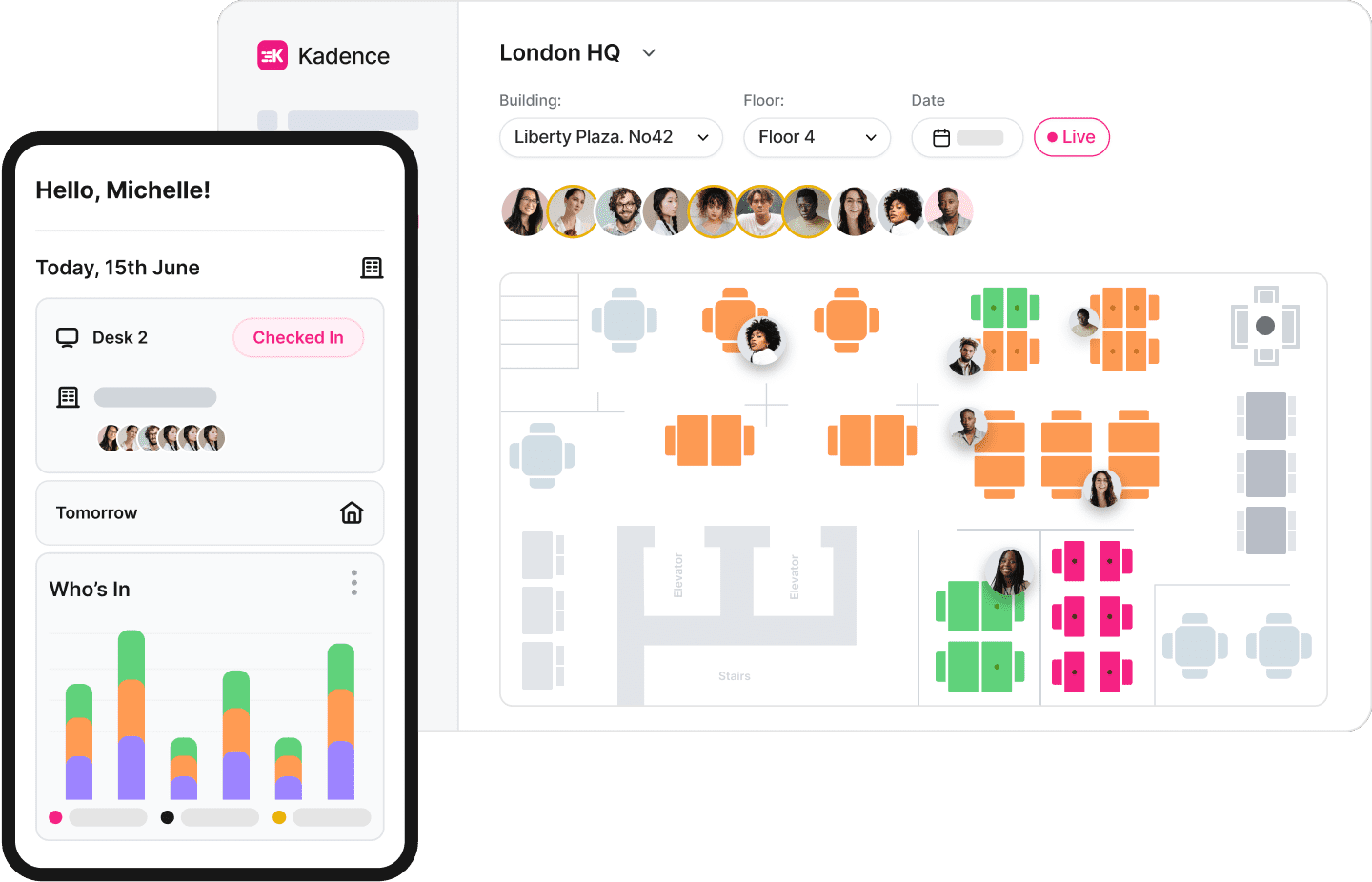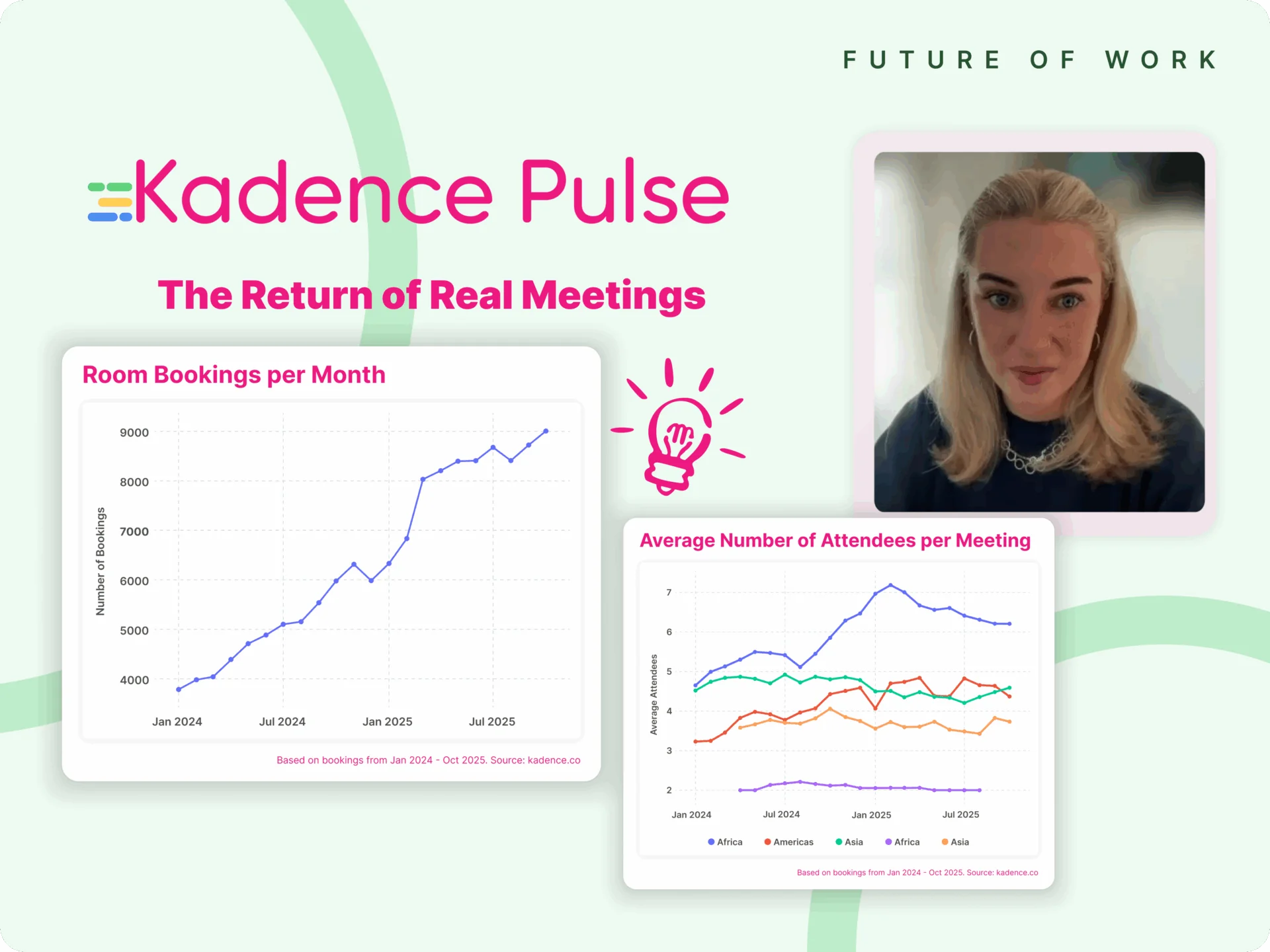In a world where top talent thrives in flexible environments, why are companies structuring their workplace policies around the bottom 5% of performers? That’s the question posed by Stripe co-founders, John and Patrick Collison, when they were asked about return-to-office (RTO) mandates.
It suggests that widespread RTO mandates are a misguided attempt to correct for underperformers—those who may be disengaged, less productive, or difficult to manage remotely. Instead of focusing on what makes high performers excel, companies are designing policies around the wrong people.
And that’s a dangerous mistake.
Stripe’s Stance On RTO
Stripe has been one of the few companies resisting the widespread shift back to in-office work, with approximately 40% of the Stripe workforce operating remotely last year. Rather than taking a rigid stance, its cofounders have emphasized that workplace strategies should be shaped by the unique needs and context of each company, rather than a blanket mandate.
Patrick and John Collison noted that much of the backlash against remote work stemmed from online narratives that painted it as a vehicle for disengagement—coining terms like “quiet quitting” and amplifying spaces like the “anti-work” subreddit, where users shared stories of slacking off.
However, they argued that using these outliers to justify broad RTO mandates was a mistake. When companies shape their workplace strategies around the lowest-performing employees, they risk alienating their top talent instead. Stripe have not made this mistake.
The False Premise Of RTO
We’ve heard the same argument from CEOs pushing for a full-time return to the office: productivity and collaboration suffer when people aren’t physically together. But research from Nick Bloom’s study with Trip.com proves otherwise. The study found that hybrid work had no effect on productivity and reduced attrition by 35%.
Employees working in a structured hybrid model also reported higher engagement and satisfaction, debunking the myth that in-office mandates are necessary for success. If you look closer, many of these mandates are actually about control—driven by a small percentage of employees who struggle in a hybrid or remote setting.
On the All-In podcast, the Collisons responded to JPMorgan CEO Jamie Dimon’s push for in-office mandates, emphasizing that a successful workplace policy should cater to high performers, not be a reaction to a vocal minority.
The problem? When you design your workplace strategy to accommodate your weakest links, you create an environment that repels your strongest players.
Top Talent Prefers Hybrid
The data is clear: high performers overwhelmingly prefer hybrid work.
A recent Pew Research study found that nearly half of employed adults who could work remotely would consider leaving their jobs if forced to return full-time. Why? Because hybrid gives them the autonomy to structure their days for deep work, collaboration, and balance—without the daily energy drain of a rigid commute.

When companies force RTO as a broad-stroke solution to a small group of disengaged employees, they risk alienating the very talent that drives their success.
The Right Approach: Build For The Team You Want
The best companies don’t create policies for their weakest performers—they optimize for their best.
That means designing work environments that:
- Empower autonomy: Give top talent the freedom to work in ways that maximize their effectiveness.
- Foster meaningful collaboration: Use in-person time strategically for innovation, problem-solving, and culture-building—not just for the sake of face time.
- Attract and retain top talent: A hybrid model signals trust and flexibility, two things high performers value most.
Instead of forcing an outdated, one-size-fits-all model that caters to the lowest common denominator, companies should ask: What kind of workplace will attract and retain our best people?
Because if you’re designing your workplace strategy around the bottom 5%, you might just lose the top 5% in the process.

How Kadence Helps Hybrid Teams
Kadence enables companies to build a workplace strategy designed for top talent. Our platform helps teams seamlessly coordinate hybrid schedules, book office space efficiently, and create a flexible work environment that fosters productivity and collaboration.
Looking to optimize your hybrid strategy? Book a demo with our hybrid experts to see how Kadence can help your team thrive.




